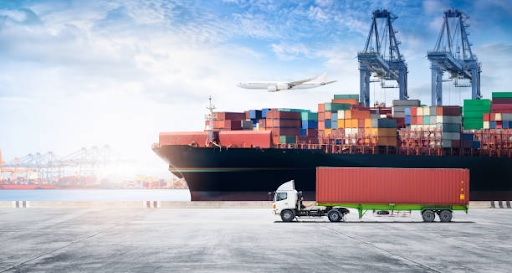In an era defined by globalization and digital connectivity, the world has become a vast marketplace where goods and services flow freely across borders. At the heart of this global exchange lies international delivery, a complex network of logistics and transportation services that enables businesses and consumers to ship goods to virtually any corner of the globe. In this article, we’ll explore the intricacies of international delivery, from the challenges of cross-border shipping to the opportunities it presents for businesses and individuals alike.
International delivery encompasses a wide range of services, from standard parcel shipping to express courier services and freight forwarding. These services are provided by a diverse array of carriers, including postal services, private courier companies, and freight forwarders. Each carrier offers its own unique set of advantages and pricing structures, allowing customers to choose the option that best suits their needs and budget. To learn more, click this link here https://www.dhl.com/discover/en-sg.
One of the key challenges of international delivery is navigating the complex web of customs regulations and import/export requirements that vary from country to country. Each shipment must comply with the relevant regulations governing the importation of goods, including tariffs, duties, and taxes. Failure to comply with these regulations can result in delays, additional costs, or even confiscation of the goods.
Moreover, international delivery often involves multiple modes of transportation, including air, sea, and land. Coordinating these different modes of transportation requires careful planning and coordination to ensure that shipments reach their destination promptly. Factors such as distance, shipping volume, and transportation infrastructure can all impact the speed and cost of delivery.
Despite these challenges, international delivery offers a wealth of opportunities for businesses looking to expand their reach and tap into new markets. By offering their products to customers around the world, businesses can access a global customer base and diversify their revenue streams. This can be particularly beneficial for small and medium-sized enterprises (SMEs) looking to compete on a global scale.
Moreover, international delivery allows businesses to take advantage of economies of scale by sourcing materials and manufacturing components from overseas suppliers. By outsourcing production to countries with lower labour costs or access to specialized expertise, businesses can reduce their production costs and improve their competitiveness in the global marketplace.
For consumers, international delivery offers access to a wider range of products and services than ever before. Whether it’s ordering speciality foods from abroad, purchasing unique handmade crafts, or accessing digital content from overseas providers, international delivery opens up a world of possibilities for consumers looking to satisfy their diverse needs and preferences.
However, international delivery is not without its drawbacks. In addition to the challenges of customs clearance and transportation logistics, customers may also face issues such as currency conversion fees, shipping delays, and import duties. Moreover, concerns about the environmental impact of shipping, such as carbon emissions from transportation, are becoming increasingly important considerations for environmentally conscious consumers.
International delivery plays a vital role in facilitating global trade and commerce, connecting businesses and consumers across borders. Despite the challenges of navigating customs regulations and transportation logistics, the opportunities it presents for businesses and individuals alike are vast. As the world becomes increasingly interconnected, the demand for reliable and efficient international delivery services will only continue to grow, driving innovation and collaboration in the global marketplace.
